According to the American Cancer Society, there’s a 1 in 8 chance that a woman in the United States will develop breast cancer. Nearly 300,000 new cases of invasive breast cancer are expected to be diagnosed in American women in 2023.
The numbers are truly frightening, but the good news is that when breast cancer is detected early and is in a localized stage, it gives women a 90% survival rate. That’s why having regular check-ups and screening tests can be lifesaving.
A regular self-exam is crucial to detect breast cancer symptoms. Early detection is the key to successful treatment.
What Do Breast Cancer Images Look Like?
Medical News Today has a guide to 9 of the most common signs, including pictures of inverted nipples due to breast cancer. Their infogram blew up on social media and received several retweets.
These early signs of breast cancer pictures will help you identify unusual lumps, changes in breast shape, skin abnormalities, or nipple issues. Self-exams, regular clinical check-ups, and mammograms are essential components of breast cancer awareness and prevention. If you find any of these symptoms, seek medical attention immediately.
Here’s the infogram and the breast cancer signs you should look for.
Lumps
Nipple Discharge
Nipple discharge may be one of the signs of breast cancer; however, it’s normal for breastfeeding women to have a milky discharge from the nipples. In some cases, nipple discharge can be cancerous, and a person should seek medical care if they observe a thin or thick type of discharge that can vary in color from milky to yellow, green, and red.
Other possible reasons for nipple discharge may be breast infections, side effects of birth control and certain medications, certain medical conditions like thyroid disease, and variations in body physiology.
Dimpling
If you look at breast cancer symptoms pictures, you’ll notice prominent skin dimpling. It can be a sign of inflammatory breast cancer because cancer cells cause a buildup of lymph fluid in the breast, which leads to swelling, dimpling, or pitted skin.
Breast or Nipple Pain
Unusual breast or nipple pain is a symptom of invasive breast cancer.
Nipple Retraction
Nipple retraction, which can also be called nipple inversion, invaginated nipple, or inverted nipple, is the name given when the point of the breast turns inward or becomes inverted. As these pictures of inverted nipples due to breast cancer show, the condition can result from inflammation or scarring of the tissue behind the nipple. Note that nipple retraction may be caused by benign conditions as well.
Redness
If you haven’t experienced recent trauma to the breast but notice obvious changes to the color of breast skin, seek medical care immediately.
Changes in Skin Texture
Changes in fat composition in the breast tissue can create a texture like peau d’orange or orange peel skin. It can be caused by mastitis as well. But if you notice a change in the skin’s texture, redness, and swelling, seek immediate medical care.
Lymph Node Changes
If a cancer cell leaves the breast, the first place it is likely to travel to is the underarm lymph node region on the same side as the affected breast. This can lead to swelling in this area. You may also feel the swelling around the collarbone. These swollen lumps may be tender to touch, firm, and small.
Swelling
Breast cancer can cause sudden swelling in the breast. There may also be a distinct lump along with the swelling.
Image credits: Stephen kelly, 2018
Can Breast Cancer Start in the Areola?
The areola is the pigmented area around the nipple. Breast cancer can indeed start in the areola, although it’s relatively rare. This rare form of breast cancer is also called Paget’s disease of the breast.
Paget’s disease typically starts in the ducts beneath the nipple and areola. If you notice symptoms such as redness, scaling, crusting, and itching of the nipple and areola, then you should seek medical advice.
What Do Nipples Look Like if You Have Breast Cancer?
As these pictures of inverted nipples due to breast cancer show, nipples can become thick, red, scaly, or crusty if affected by cancer cells. They may appear flattened or caved inwards.
To self-examine nipples, squeeze to see if there is any discharge. Feel the areola for bumps, redness, and scaling. The earlier you find the disease, the easier it is to treat. Mammograms and chest X-rays can reveal tumors before they get large enough to feel.
What Does Stage 1 Breast Cancer Look Like?
Stage 1 is an early stage of breast cancer. At this point, the size of the tumor is very small (2 cm or 0.7 inch) and has not spread to nearby lymph nodes.
It can be detected through routine mammography screenings. Stage 1 cancer appears in a mammogram as a small, localized mass or a cluster of abnormal cells. Sometimes, it doesn’t produce noticeable symptoms. That’s why routine mammography screenings are crucial for early detection, as stage 1 is easier to treat and manage. The prognosis for stage 1 breast cancer is generally favorable, with a high likelihood of successful treatment and long-term survival.
The American Cancer Society says women ages 45-54 with an average risk level should get a yearly mammogram. Continue them as long as you’re in good health.
Another essential thing to note is that all the above symptoms can be caused by benign conditions as well. For instance, changes to the skin texture on the breast may be caused by a skin condition like eczema, and swollen lymph nodes may be caused by an infection in the breast or another unrelated illness. If in doubt, always see a doctor for a professional evaluation.
Twitter users have also shared some important signs of breast cancer to raise awareness.
Image credits: TheOlajumoke_
Image credits: NLyanah
Image credits: MayYuKhei
Image credits: StanAvrilLavign
Image credits: Julia75320807
Image credits: bris_interludee
Image credits: chismossaa
Image credits: pxxjx01
Image credits: KatieBFangirlin
Image credits: lesley_rigsby
Image credits: heyimasma
Image credits: TheSassyChic_
Image credits: Ami_152
Image credits: ihtwia
Image credits: M_Chowdhury_JOY
Image credits: thetoonwizard
Self-examine your breasts once a month as part of a monthly health routine. You should always be aware of any changes to your breasts and nipples and seek medical attention immediately before it’s too late.
Stay safe, ladies!
Basically if you notice something from this list and it's new, go see a doctor. It might be nothing or it might be breast cancer, the internet will not help you identify it, that's the reason doctors spend half their lives learning and even they might need to do some tests to be sure.
Maybe this is why cancer is so common in the US, people don't go see a doctor because it's too expensive.
Load More Replies...Can someone please explain Lymph Node changes? It isn't clear how one detects it or what the signs are.
Lymph nodes in your armpits (axillary) will potentialy be swollen, sore, and/or actively uncomfortable. Sometimes you can feel a "trail" of swelling from the armpit into the breast tissue. Mostly, just assume if you have a swollen body part where you shouldn't, ask a doctor. Also,if you have a partner, let them examine your breasts. My hubby is much better at knowing my breasts than I am. He feels 'em every day. I just do weekly self-exams. He's by far the "expert". Many benign conditions also cause a few of these syptoms, too, so... as I said elsewhere, GET A MAMMOGRAM. With ultrasound, preferably.
Load More Replies...Basically if you notice something from this list and it's new, go see a doctor. It might be nothing or it might be breast cancer, the internet will not help you identify it, that's the reason doctors spend half their lives learning and even they might need to do some tests to be sure.
Maybe this is why cancer is so common in the US, people don't go see a doctor because it's too expensive.
Load More Replies...Can someone please explain Lymph Node changes? It isn't clear how one detects it or what the signs are.
Lymph nodes in your armpits (axillary) will potentialy be swollen, sore, and/or actively uncomfortable. Sometimes you can feel a "trail" of swelling from the armpit into the breast tissue. Mostly, just assume if you have a swollen body part where you shouldn't, ask a doctor. Also,if you have a partner, let them examine your breasts. My hubby is much better at knowing my breasts than I am. He feels 'em every day. I just do weekly self-exams. He's by far the "expert". Many benign conditions also cause a few of these syptoms, too, so... as I said elsewhere, GET A MAMMOGRAM. With ultrasound, preferably.
Load More Replies...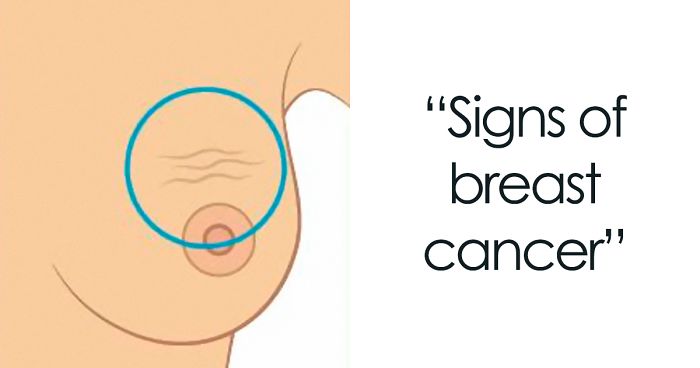






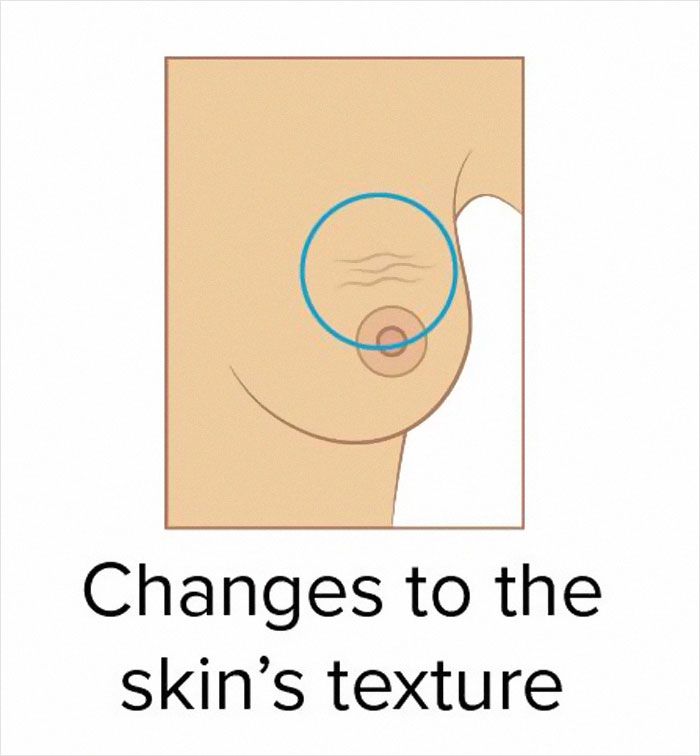
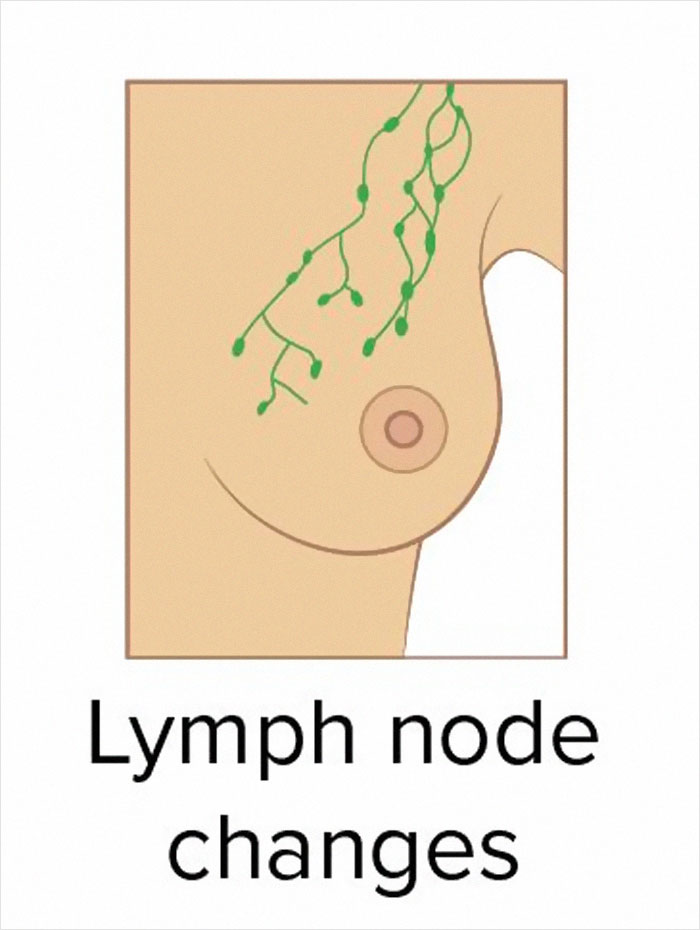




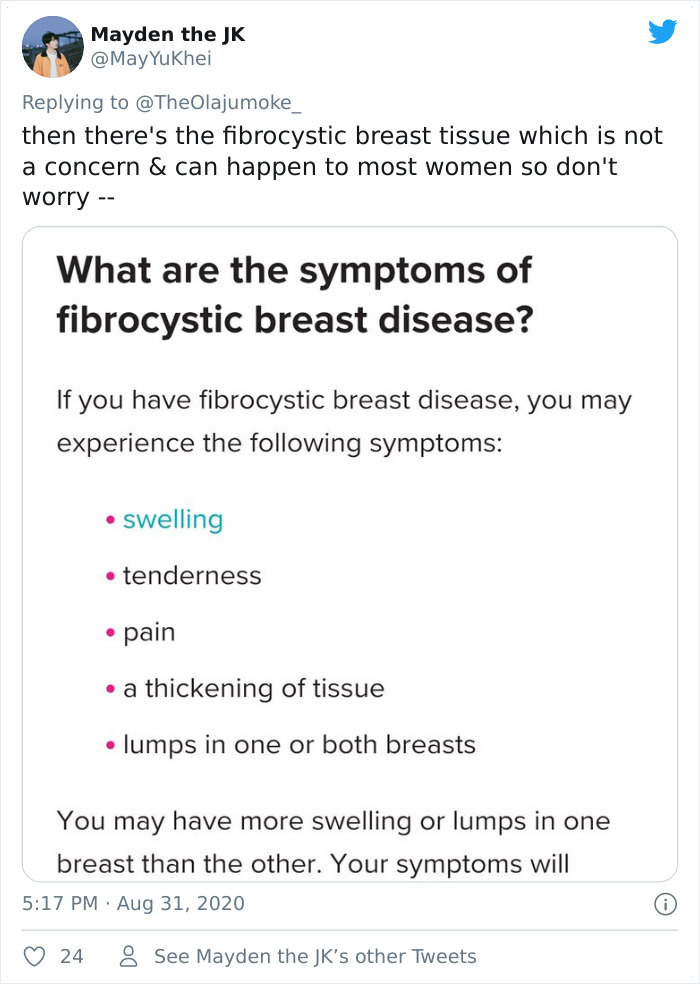












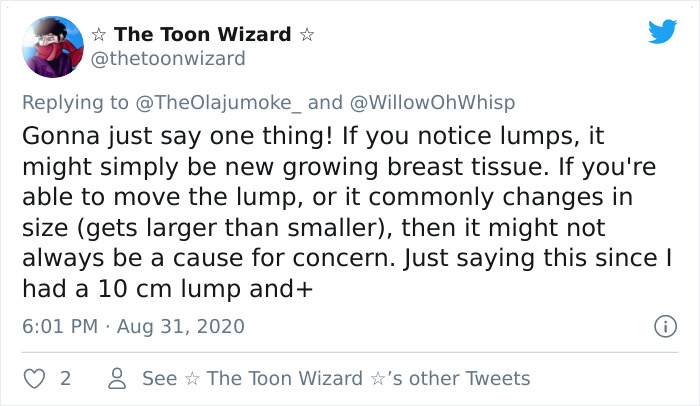





153
20